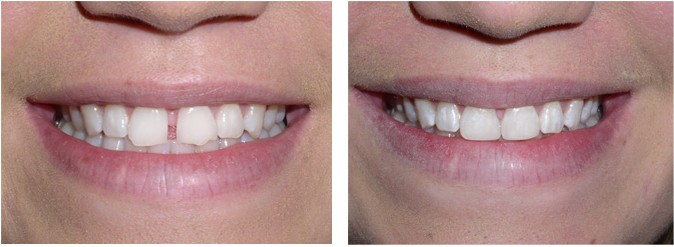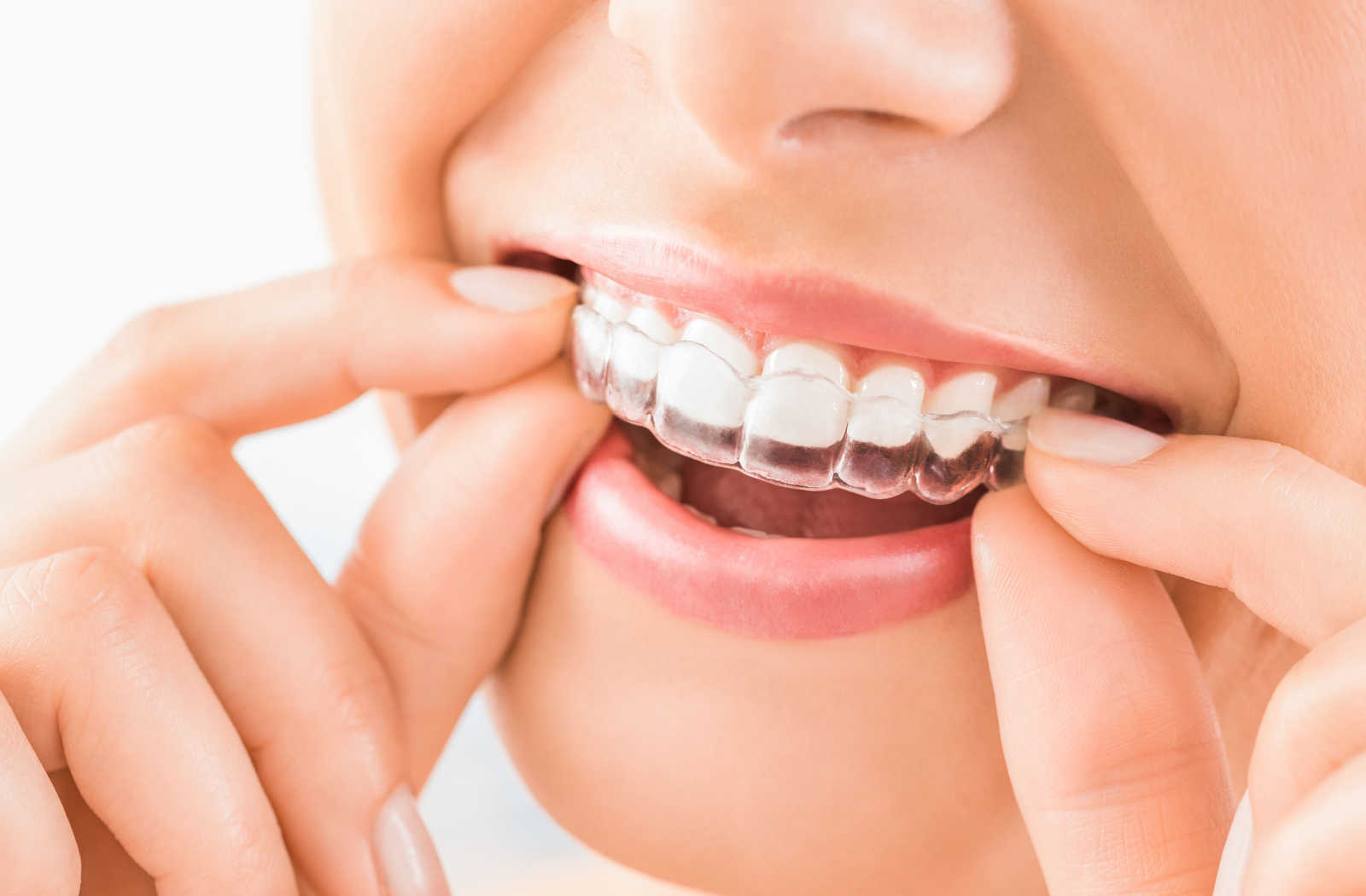Dentist Erin Mills Professional Treatment: Where Your Smile is Our Priority
Dentist Erin Mills Professional Treatment: Where Your Smile is Our Priority
Blog Article
Discover Effective Dental Treatments for a Brighter Smile - Discover Dental Bonding
In the pursuit of a radiant smile, people often seek efficient dental treatments to enhance the look of their teeth. Among the numerous strategies offered, oral bonding sticks out as a prominent selection for its ability to resolve a variety of cosmetic worries. From fixing damaged or stained teeth to shutting spaces and reshaping enamel, dental bonding provides a flexible service. However, comprehending the ins and outs of this procedure and its advantages calls for a better consider the process, candidacy criteria, and post-treatment treatment. By discovering the subtleties of oral bonding, one can gain understandings right into how this therapy contrasts with other alternatives, providing a detailed sight of the opportunities for achieving a brighter smile.
Benefits of Dental Bonding
Oral bonding provides a affordable and minimally invasive solution for improving the appearance of teeth. Unlike other cosmetic dental procedures, such as veneers or crowns, bonding typically calls for minimal to no elimination of the all-natural tooth enamel, making it a traditional choice for smile improvement.

Treatment Introduction
Beginning with an evaluation of the process associated with dental bonding, we explore the detailed summary of this aesthetic oral procedure. Dental bonding is a minimally intrusive technique utilized to boost the appearance of teeth by applying a tooth-colored resin material to the surface. The treatment begins with the dentist picking a material shade that matches the all-natural shade of the patient's teeth.
Next, the tooth surface area is roughened, and a conditioning fluid is put on assist the bonding material adhere appropriately. The resin is after that built and formed to the desired form prior to being solidified utilizing an unique light. When the material has hardened, the dentist will further cut and polish it to mix flawlessly with the bordering teeth.
Dental bonding is typically used to fix broken or cracked teeth, close spaces in between teeth, improve teeth, and cover spots. It is a cost-efficient and quick way to boost the visual appeals of a smile, frequently completed in a single see to the dental expert's office.
Candidates for Oral Bonding
When identifying qualification for dental bonding, a detailed assessment of the patient's oral health and aesthetic objectives is carried out. Dental bonding is a flexible cosmetic dental care procedure appropriate for people with minor imperfections such as chipped, fractured, tarnished, or irregular teeth. Candidates for oral bonding view publisher site ought to have overall excellent oral health, devoid of periodontal disease or dental cavity, as these problems may influence the bonding's longevity and effectiveness.
Suitable candidates for oral bonding are individuals aiming to improve the appearance of their smiles without substantial dental job. Dental bonding is a traditional treatment alternative that can attend to aesthetic worries without the need for even more intrusive treatments. It is additionally a prominent selection for those seeking fast outcomes, as bonding can typically be completed in a single browse through to the dental expert's office.
Throughout an examination with an oral professional, the individual's specific issues and wanted outcomes will be right here reviewed to identify if oral bonding is the most suitable treatment alternative - invisalign mississauga. By recognizing the criteria for candidacy, individuals can make enlightened decisions about enhancing their smiles via oral bonding
Aftercare Tips
Upon completing a dental bonding procedure, preserving appropriate aftercare is vital to guarantee the durability and efficiency of the therapy. After the bonding procedure, it is critical to avoid consuming hard foods or biting on items that can potentially damage the bonded area. Additionally, avoiding habits like nail-biting or eating on pens can help protect against premature wear and tear on the adhered product.
Normal dental hygiene methods, consisting of cleaning with a soft-bristled toothbrush and non-abrasive toothpaste, are vital to avoid and preserve the bond staining - sleep dentistry mississauga. It is suggested to floss everyday to eliminate any type of food fragments that might accumulate around the bonded location, lowering the risk of degeneration
Regular oral exams every 6 months are necessary to check the problem of the bonding and attend to any type of issues promptly. Throughout these sees, your dental practitioner can examine the bond's integrity, make any kind of needed repair services, and offer guidance on keeping ideal oral health and wellness to extend the lifespan of the oral bonding.
Comparison With Various Other Treatments
In reviewing oral bonding as a treatment option, it is important to consider its advantages and constraints in contrast to alternative procedures. One common alternative to dental explanation bonding is veneers. Veneers are thin shells of porcelain or composite material that are custom-made to cover the front surface of teeth. While veneers are more stain-resistant and resilient than bonding, they are also much more pricey and need even more preparation of the natural tooth structure.
An additional prominent choice is dental crowns. Crowns are caps that cover the whole tooth and are commonly made use of for a lot more substantial damage or to improve the look of a twisted tooth. Unlike bonding, crowns are much more durable and can withstand better biting forces. The procedure of getting a crown involves getting rid of more of the all-natural tooth structure, making it an irreversible treatment.
Ultimately, the selection between dental bonding, veneers, or crowns relies on the individual's details requirements, spending plan, and preferred end result. Consulting with a dental specialist can help establish the most suitable therapy alternative for accomplishing a brighter and more positive smile.
Verdict
To conclude, oral bonding is an effective treatment for boosting the look of teeth by fixing imperfections such as staining, gaps, and chips. It is a minimally intrusive therapy that can offer fast and long-lasting outcomes. With correct aftercare and maintenance, individuals can appreciate a brighter and much more positive smile. Oral bonding offers a convenient and cost-efficient service compared to various other extra intrusive dental procedures.
Furthermore, oral bonding is a functional therapy that can resolve a variety of aesthetic concerns, including shutting voids in between teeth, improving misaligned teeth, or making teeth appear longer.Commencing with an evaluation of the procedure involved in dental bonding, we dive into the extensive review of this aesthetic oral treatment. Candidates for dental bonding should have total excellent dental health and wellness, totally free of gum disease or tooth degeneration, as these problems may affect the bonding's long life and efficiency.

Report this page